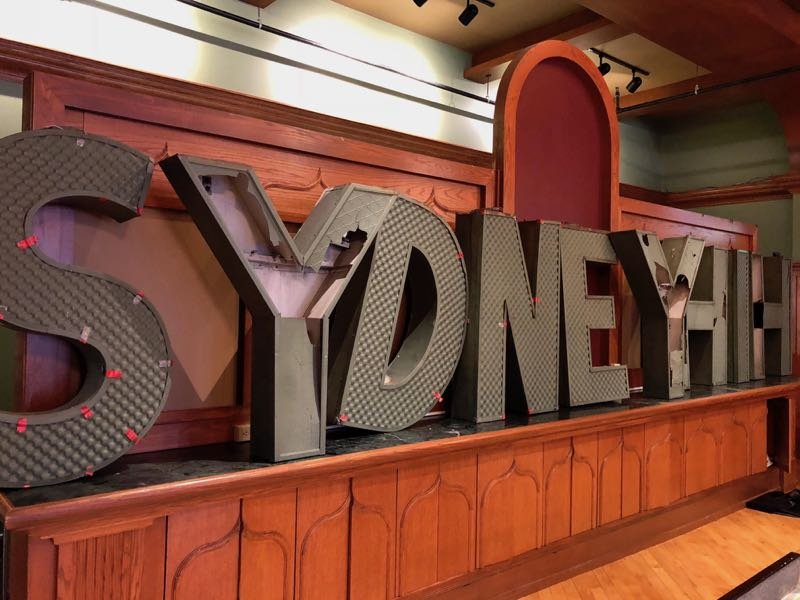OnMilwaukee is the media sposor for QWERTYFEST MKE, a festival and celebration of the 150-year anniversary of the typewriter's invention in Milwaukee. Find out more here.Brian Fette is a Milwaukee history buff. Though history is new to him.
“I didn’t get into any of this stuff until after retiring and I’m not even from here,” said Fette, a native of Ann Arbor, Mich.
Brian has found himself theatrically inhabiting the character of Milwaukeean Christopher Latham Sholes, the inventor of the typewriter and the QWERTY keyboard. I met Brian at Sholes’ monument in Forest Home Cemetery to learn more about the inventor. Fette illuminated that Sholes had an entire working life, surrounded by an exquisite ecosystem of factors that culminated in Milwaukee being the birthplace of the typewriter.
“He was a newspaper editor Downtown, where the Panther Arena is now located. Long before the typewriter he’d invented a way to print subscriber addresses onto newspapers, as well as a machine that printed check numbers for banking purposes,” said Fette.
Placing words on the page faster seemed a logical next progression. Fette says Milwaukee was integral to the typewriter for both natural resources and industrial skills.
“On Capitol at the Milwaukee River was a paper mill. Wisconsin was ripe with forests and then lakes and rivers to easily transport natural resources to Milwaukee’s industry where products could be made.”
Fette also says that Latham was surrounded by collaborative tinkerers in a shared workspace and that Cream City was a lush innovation nursery.
“Sholes worked at Kleinsteuber's Machine Shop, where on neighboring benches Levi Burnell worked with Increase Lapham to design an anemometer to measure wind velocity, nearby Dr. Robert Fairies built telescopes, engraver John Marr handmade the typefaces – so in many ways Milwaukee was the ideal location,” said Fette.
Though all those tiny, hand-machined parts needed to not make contact on their way to and from striking the ribbon.
“Christopher Sholes traveled to meet Thomas Edison for guidance to make all of those moving pieces not bump into one another. The QWERTY layout provided the fastest typing with the least contact.”
Sholes built 30 drafts of typewriters before deeming one commercially viable.
After 150 years the entire English-speaking world still types on desktops and pocket oracles from a layout designed during the days of horse and buggy. A democratization of communication that would probably make Sholes grin.
“It’s said that on his deathbed Sholes’ proudest achievement was that the typewriter broadened employment options for women the world over, bringing women into the office,” said Fette.
So the next time you pull up your phone keyboard you can smile in the knowledge that, sure, maybe it could have happened somewhere else. But it didn’t. Milwaukee exported words to the world.







